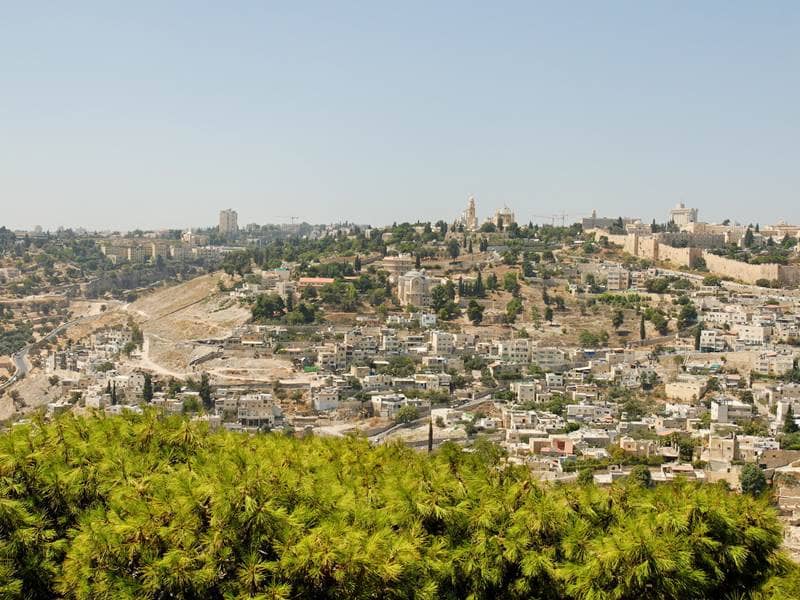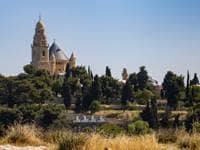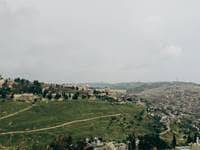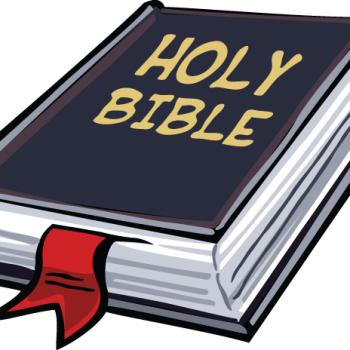
- Trending:
- Forgiveness
- |
- Resurrection
- |
- Joy
- |
- Afterlife
The 100 Most Holy Places On Earth
Mt. Zion





Also Known As:
Mount Zion,Ophel.
Associated Faiths:
Judaism and Christianity
The site draws some Muslims as well, because it is the traditional site of the burial of King David, whom Islam perceive as one of the Messengers of Allah.
Accessibility:
Open to visitors.
Annual visitors: 5,000,000
History
In the Hebrew Bible, Mount Zion was the easternmost of the two hills associated with ancient Jerusalem. Known today as Ophel (or “Hill,” in Hebrew), the biblical text indicates that it was also the sight of a Jebusite fortification or city which King David conquered in the 10th century BCE. It was there that he subsequently established Jerusalem as the capital of his kingdom.
During the first century, sources (such as Josephus) identified the more prominent western hill as the probable site of Mount Zion. While that designation stuck for around 1,800 years, today the less prominent eastern hill is considered by archeologists and historians alike as the more likely candidate for the historic Mount Zion. Though not included within the 16th century walling of the “Old City,” Mount Zion would have been part of the city of Jerusalem in King David’s day.
Adding to the confusion is the fact that the term “Mount Zion” was used in the Bible in reference to “the city of David,” but also for the ancient “Temple Mount” (where Solmon’s Temple once stood). When Isaiah, the Davidic Psalms, and the intertestamental First Book of Maccabees refer to “Mount Zion,” it is the Temple Mount to which they appear to be referring. In the New Testament, Mount Zion is often a symbolic reference to heaven (or the “Heavenly Jerusalem”).
Today it is typically used in reference to the western hill just outside of the Old City’s walls. Thus, historically speaking, the designation “Mount Zion” is a bit nebulous and does not always bring to mind the same ideas, contingent upon who uses the term. And, to date, there is still strong disagreement as to what sites should be referred to as “Mount Zion.”
An important building, known as the “cenacle,” was constructed on Mount Zion. While it is the traditional site of the Last Supper (of Jesus), the current structure does not date from the time of Jesus. Rather, it was constructed in the medieval period (AD 1335). Over the centuries, several structures have been built on this site, including a synagogue and a couple of different churches. At one point (in the 16th century) the room associated with the Last Supper was used as a mosque. There remains today an Arabic inscription on the wall and also the mihrab—pointing the direction of Mecca.
During the 1948 Israeli War, the mount was conquered by Israeli Defense Forces, and was (for a time) the only portion of the “Old City” to remain in Israel’s possession (prior to the armistice agreement). Today it is a popular tourist and pilgrimage destination. While of more interest to Christian tourists, it continues to hold meaning for Jews, as the mount has been central to so much of Jewish history.
Religious Significance
Just outside the walls of Jerusalem’s Old City lies Mount Zion, to which hundreds of thousands of pilgrims flock annually. While the original focus of the designation of Mount Zion is disputed by some, there are several reasons why this is a “sacred site” for Christians and Jews alike. Thus, for differing reasons, visitors to the Holy Land will often make this ancient mount one of their pilgrimage stops.
On Mount Zion is the location of the Last Supper of Jesus. While the building which stands there today is not the original, it is believed that on the same site once stood the home of John-Mark’s father. (John-Mark was the author of the Christian Gospel of Mark–which is believed to be the oldest of the four Christian gospels). Mark was one of Jesus’ trusted disciples and associates, and he provided the venue in which the Last Supper would be held.
There are actually two proposed sites that compete for the title of the “location of the last supper.” One is inside the “Armenian quarter”—in the basement of the Syriac Orthodox church of “St. Mark.” The other is on Mount Zion and is also referred to as the “upper room”—because the Christian gospels state that the “last supper” was held in “a large upper room.” It was here that Jesus was said to celebrate the Passover with His disciples, but also the location where He introduced the Sacrament of the Lord’s Supper, informed Judas that He knew of his plot to kill Him, and washed the feet of His Apostles before retreating to the Garden of Gethsemane.
Some scholars and historians also think that Mount Zion–and specifically the room of the Last Supper–was also the site of the outpouring of the Holy Spirit on what Christian’s call the “Day of Pentecost.” At least as early as “AD 348, it was believed that the “upper room” of Pentecost was the same “upper room” of the Last Supper–though some see this tradition as unreliable. The logic of the assumption that this was the site is based on the fact that the Christian Book of Acts says that the “Pentecostal outpouring” happened in an “upper room”–which loosely connects it to the site of the Last Supper.
While it is uncertain if this site is the correct location of the Pentecostal outpouring of God’s Spirit, that has not deterred pilgrims from visiting it. And what seems certain is that, if this is not the “place,” then the “right place” is definitely “somewhere nearby” the “cenacle.”
For practitioners of Judaism, the “cenacle” has a completely different draw. On the building’s first floor is a sarcophagus used as a memorial for King David. Scholars are certain that he is not actually buried in that sarcophagus–though not all visitors are aware of that. Nevertheless, it is assumed that Israel’s former king is buried in a grave “in the city of David.” Of course, the memorial to King David is often more important than the actual site of his remains, as it pertains to pilgrims and their desire to contemplate Israel’s sacred history.
While there are multiple sites which have been identified as the location of the grave of Mary, the Mother of Jesus, one of those is on Mount Zion, very near the site of the Last Supper. The legend that she died and was buried near that “sacred site” trace back to the early days of Christianity. That being said, no one knows for certain, and the fairly hidden and ancient Church of the Sepulcher of Mary is only one of the traditional sites for her burial.
Mount Zion—and particularly the location of the Last Supper—are among the most important sites in Christendom. As is well known, the Last Supper is foundational to the Christian sacramental life. However, David and Jesus hold an important place in the theology of the Abrahamic traditions—and Mary is sacral to both Muslims and Christians. Thus, this holy mount and its most significant monuments represents “sacred space” for billions of human beings today.












